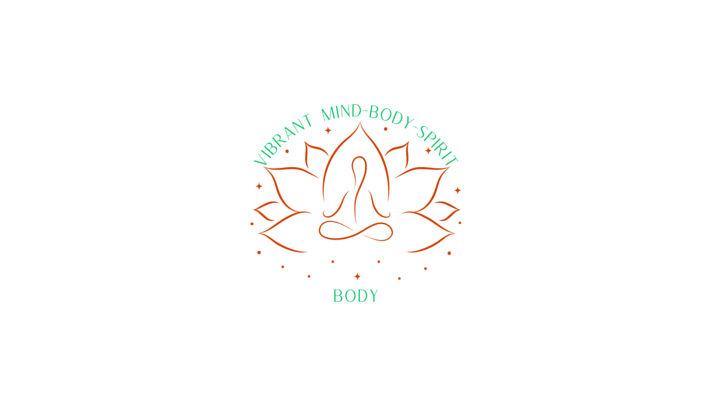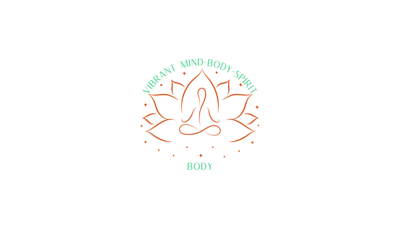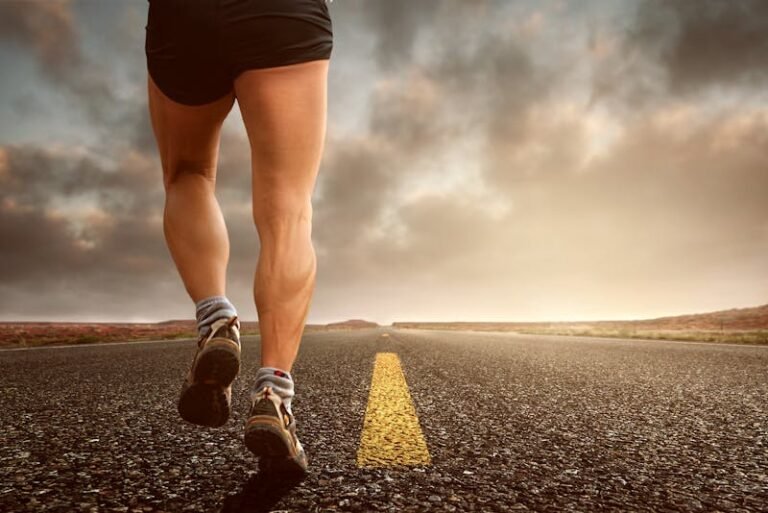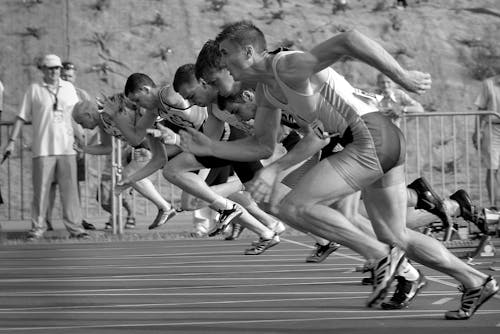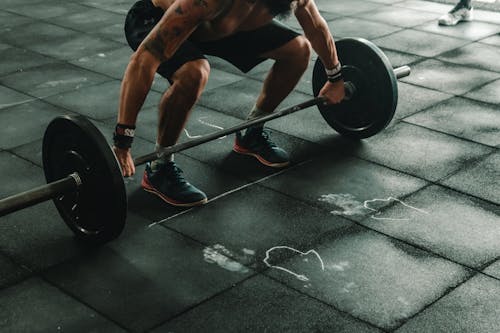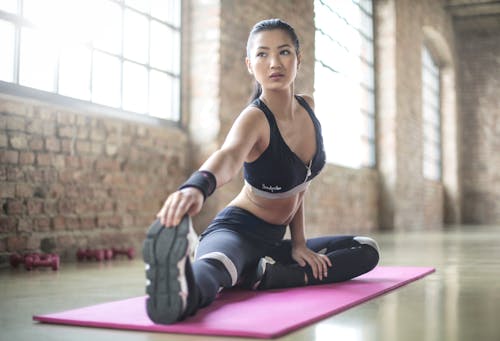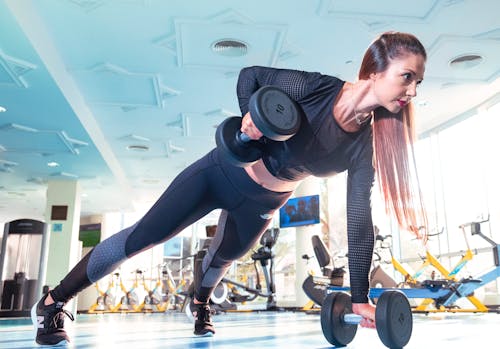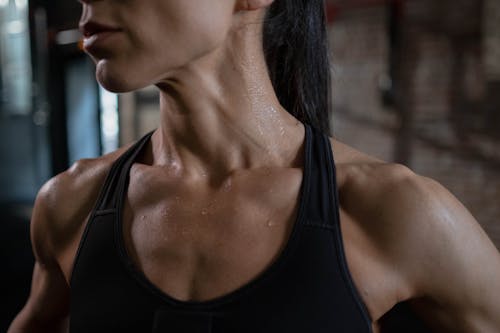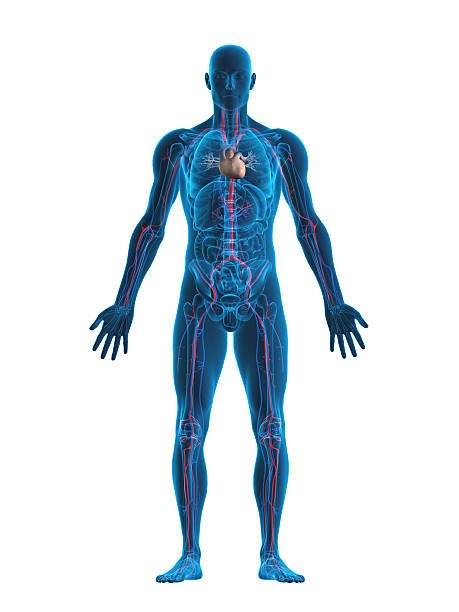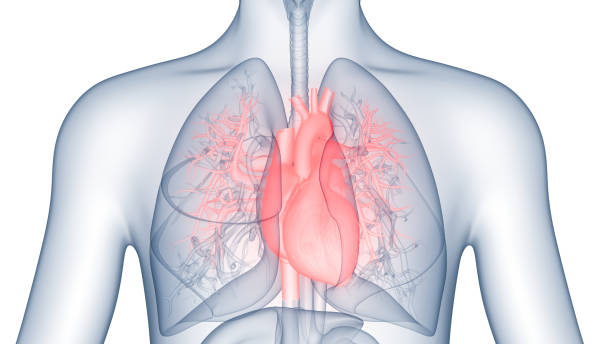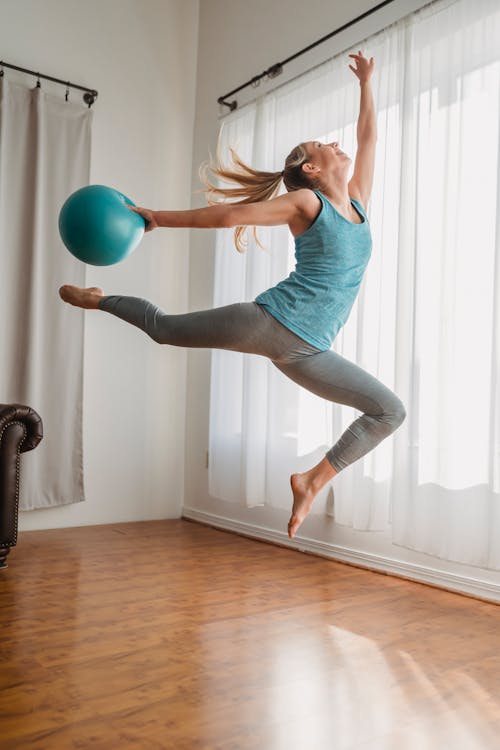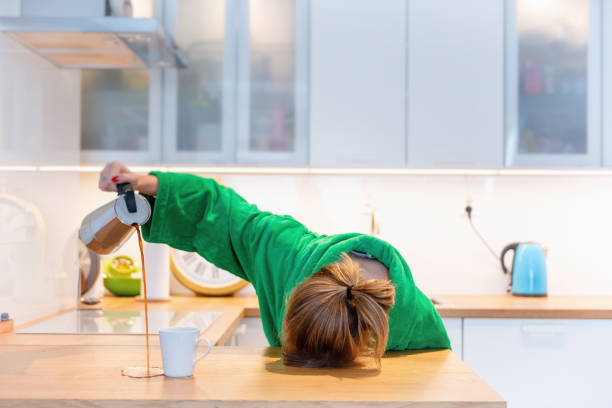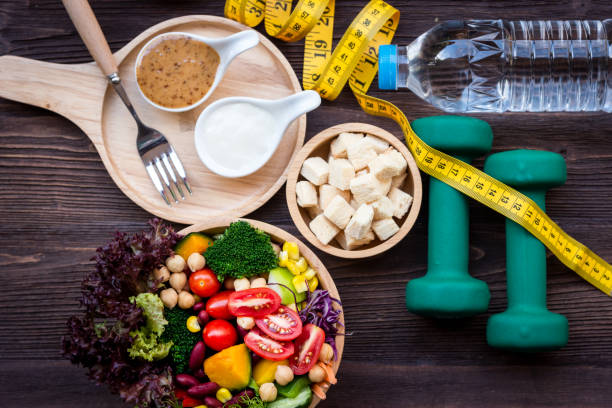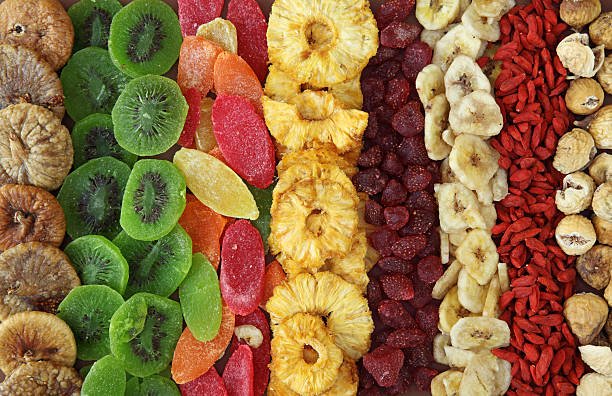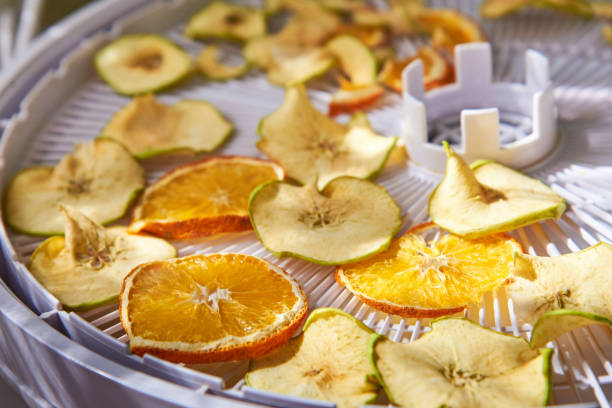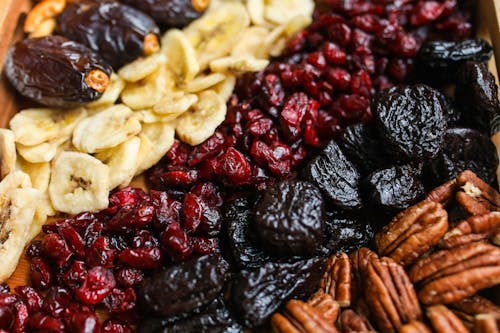This post contains affiliate links, meaning that I may receive compensation if you make a purchase through these links. As an Amazon Associate, I earn from qualifying purchases. This compensation does not influence the content, or recommendations provided. The opinions expressed are my own, and I strive to provide honest and unbiased information.
Sedentary Lifestyle, Yet Healthy? Tips for Thriving with Limited Activity
Living a sedentary lifestyle doesn’t have to mean giving up on your health goals. With more people working desk jobs, studying, or managing medical conditions that limit movement, many wonder, “Is it possible to stay healthy with limited physical activity?” The answer is yes. With a few adjustments, anyone can maintain a balanced, healthy life, even if their lifestyle is less active. In this guide, we’ll explore ways to thrive with a sedentary lifestyle, focusing on nutrition, mindful movement, and practical health hacks.
Why Diet and Exercise Plans Aren’t “One Size Fits All
Most diet and exercise plans are designed with active lifestyles in mind, often requiring more time and physical energy than a sedentary lifestyle allows. When you have limited movement, intense workouts or calorie-heavy diets may not suit your needs, and too much of either can even be counterproductive. A diet or exercise plan needs to fit your personal lifestyle, goals, and physical limitations, focusing on health improvements rather than rigid rules.
For those living a less active life, it’s essential to focus on health as a holistic concept. A healthy lifestyle isn’t only about burning calories or achieving a certain body type. It’s about boosting your energy, keeping your mind sharp, and enhancing your quality of life. So let’s look at some practical strategies that can work for you.
1. Focus on Nutrient-Dense Foods for Optimal Health
Eating well is a cornerstone of any healthy lifestyle, but for those with limited movement, it’s even more critical to focus on nutrient-dense foods. These foods provide essential vitamins, minerals, and antioxidants without excess calories, which can lead to weight gain when physical activity is low.
– Vegetables and Fruits: Incorporate colorful fruits and vegetables to get a broad range of nutrients. Leafy greens, bell peppers, and berries, for instance, offer vitamins and fiber without being calorie dense.
– Lean Proteins: Aim for lean protein sources, like chicken, fish, tofu, and legumes, to support muscle health and keep you feeling full longer.
– Whole Grains: Whole grains like oats, quinoa, and brown rice are packed with fiber, helping to regulate digestion and maintain steady energy levels.
– Healthy Fats: Avocados, nuts, seeds, and olive oil provide healthy fats that are essential for brain health and sustained energy.
Choosing nutrient-dense foods makes it easier to eat a balanced diet without having to eat large quantities. This helps avoid the pitfalls of overeating, which can be tempting when daily movement is low.
2. Sedentary? Practice Portion Control Mindfully
With a sedentary lifestyle, portion control becomes vital. When we’re less active, our bodies don’t need as many calories to function, and large meals can quickly lead to weight gain. However, you don’t need to feel deprived.
– Listen to Hunger Cues: Pay attention to hunger and fullness signals, which can help prevent overeating. Eating slowly and savoring your food can make it easier to recognize when you’re full.
– Use Smaller Plates: Using smaller plates and bowls is a simple trick to help control portions. This strategy helps you visually feel satisfied without overeating.
– Avoid Eating Out of Packages: Measuring out snacks rather than eating from a large package can also help prevent mindless snacking.
Managing portions doesn’t mean skipping meals or going hungry. It’s about being intentional with your choices to avoid eating more than your body needs.
3. Engage in Light and Frequent Movement
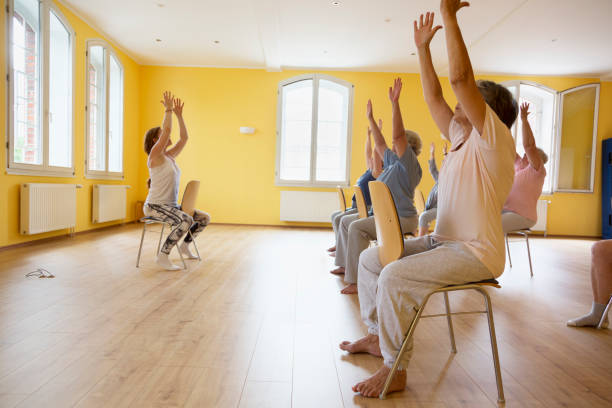
While a sedentary lifestyle might limit your activity levels, that doesn’t mean you have to remain entirely inactive. Incorporating light, frequent movement can boost circulation, improve posture, and help with mental clarity.
– Stretching and Flexibility Exercises: Gentle stretching or flexibility exercises, like those from yoga or Pilates, can be done sitting down or standing up. Stretching improves circulation, flexibility, and mental relaxation.
– Chair Exercises: Try simple chair exercises, such as seated leg lifts or arm circles. These exercises keep your muscles engaged without putting strain on your body.
– Walking Breaks: If possible, stand up and take a brief walk every hour. A quick walk around the room or even standing up and sitting down a few times can stimulate circulation and give your muscles a stretch.
Even small movements like these can make a difference in how your body feels and help mitigate the negative impacts of prolonged sitting.
4. Prioritize Quality Sleep for Recovery and Wellness
Sleep plays a crucial role in health, especially for those with limited physical activity. Quality sleep supports metabolism, mental clarity, and emotional health.
– Establish a Consistent Routine: Going to bed and waking up at the same time each day helps regulate your internal clock, making it easier to get restful sleep.
– Limit Screen Time Before Bed: The blue light from screens can disrupt sleep. Try to avoid screens for at least an hour before bedtime.
– Create a Relaxing Environment: Keeping your room cool, dark, and quiet can make it easier to fall asleep and stay asleep.
Quality sleep helps your body recover, manage stress, and maintain overall wellness, making it an essential part of a healthy life.
5. Manage Stress with Mindfulness Techniques
Stress can have physical impacts, from tension in the muscles to increased cortisol levels that affect weight and mood. For those with limited mobility, stress management is especially important.
– Breathing Exercises: Deep breathing or “box breathing” exercises are a quick way to manage stress.
– Mindfulness Meditation: Practicing mindfulness can help focus your thoughts and reduce anxiety. Even a few minutes a day can provide a mental break and promote emotional well-being.
– Journaling: Writing down your thoughts and goals can be a relaxing activity that helps you process emotions.
Regular stress management practices improve both mental and physical health, contributing to a more balanced and fulfilling life.
6. Stay Hydrated to Support Digestion and Energy
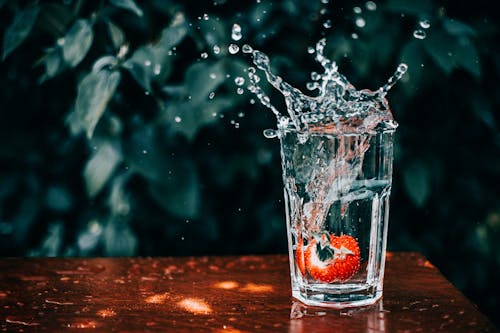
Hydration is often overlooked but essential, especially when movement is limited. Water helps your digestive system work smoothly, aids in nutrient absorption, and supports energy levels.
– Start Your Day with Water: Begin your morning with a glass of water to kickstart your metabolism and hydrate after hours of sleep.
– Keep a Water Bottle Nearby: Keeping water within reach can encourage you to sip throughout the day.
– Add Natural Flavors: If plain water isn’t appealing, try adding slices of lemon, cucumber, or berries for a hint of flavor.
Staying hydrated has multiple benefits, from aiding digestion to keeping you alert, so make it a priority even if you’re not moving much.
7. Focus on Positive Mental Health Practices
A sedentary lifestyle can sometimes lead to feelings of isolation, frustration, or low mood. Building positive mental health habits can help you stay motivated and energized.
– Connect with Others: Make time to socialize, whether virtually or in person. Positive relationships help maintain mental well-being.
– Set Small, Achievable Goals: Goals give you something to look forward to. Start with simple goals, such as eating more vegetables or taking brief walks, to stay motivated.
– Practice Gratitude: Take a few minutes daily to reflect on what you’re grateful for. Practicing gratitude has been linked to improved mental health and increased happiness.
A healthy mind supports a healthy body, so don’t overlook mental wellness as part of your health plan.
Conclusion: Sedentary Lifestyle, Yet Healthy? Yes, It’s Possible
Living a sedentary lifestyle doesn’t mean sacrificing health. By focusing on nutrition, mindfulness, light movement, and stress management, you can lead a balanced, fulfilling life with limited physical activity. Remember, health is about making the best choices for your body and mind, no matter your level of activity. Whether it’s through mindful eating, gentle stretching, or prioritizing sleep, your journey to a healthier life can begin right where you are.
Take these steps one at a time and adjust as needed to fit your lifestyle. Health is possible, even with a sedentary lifestyle – it’s all about small, intentional actions that work for you.
To learn more about the importance of Physical Fitness, read: Physical Fitness: Why Important?
